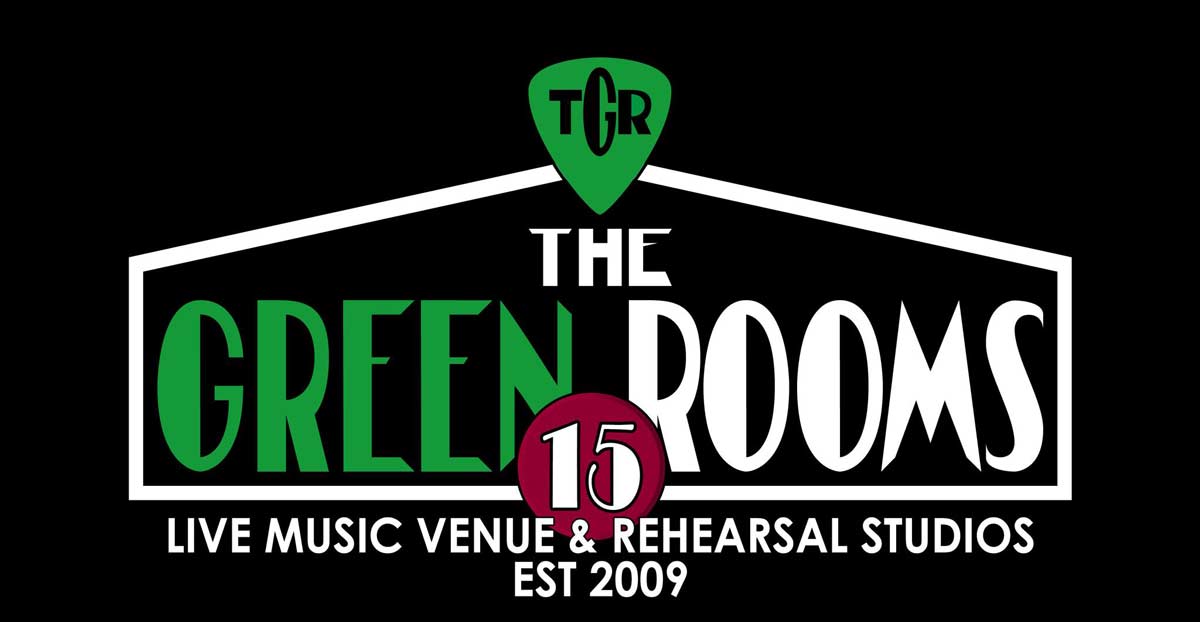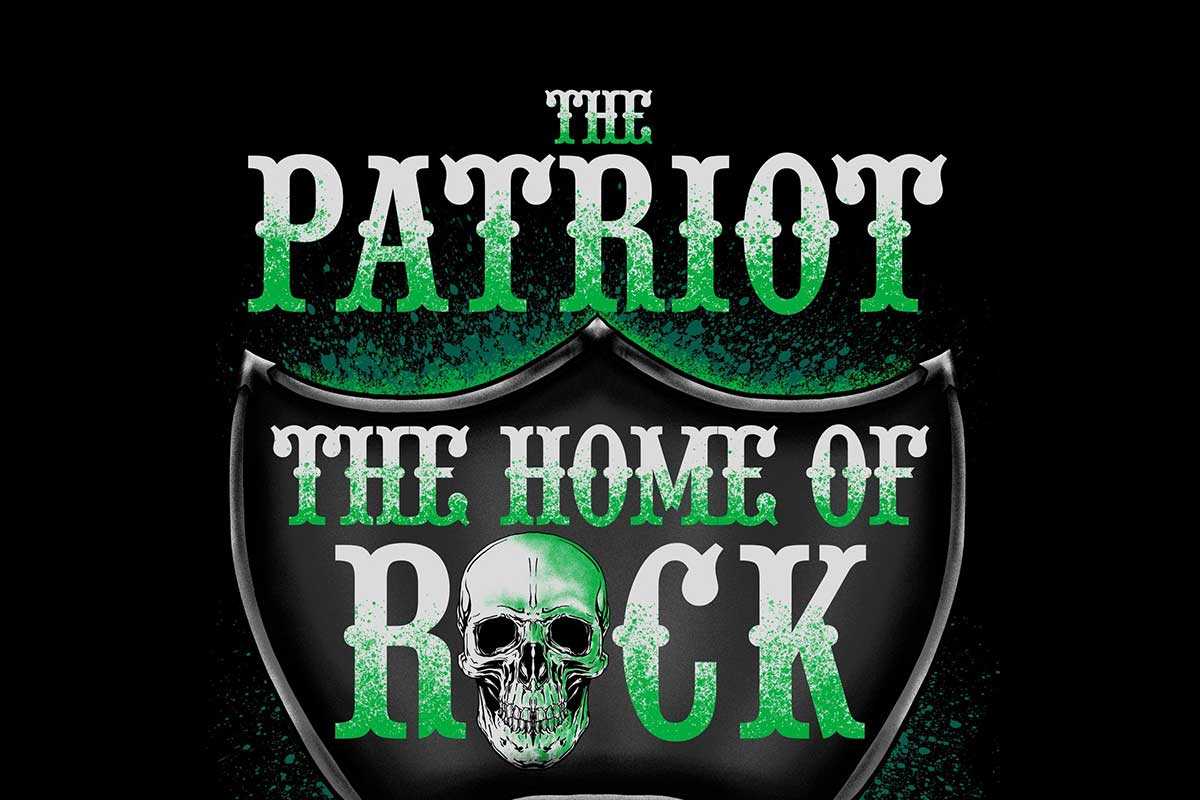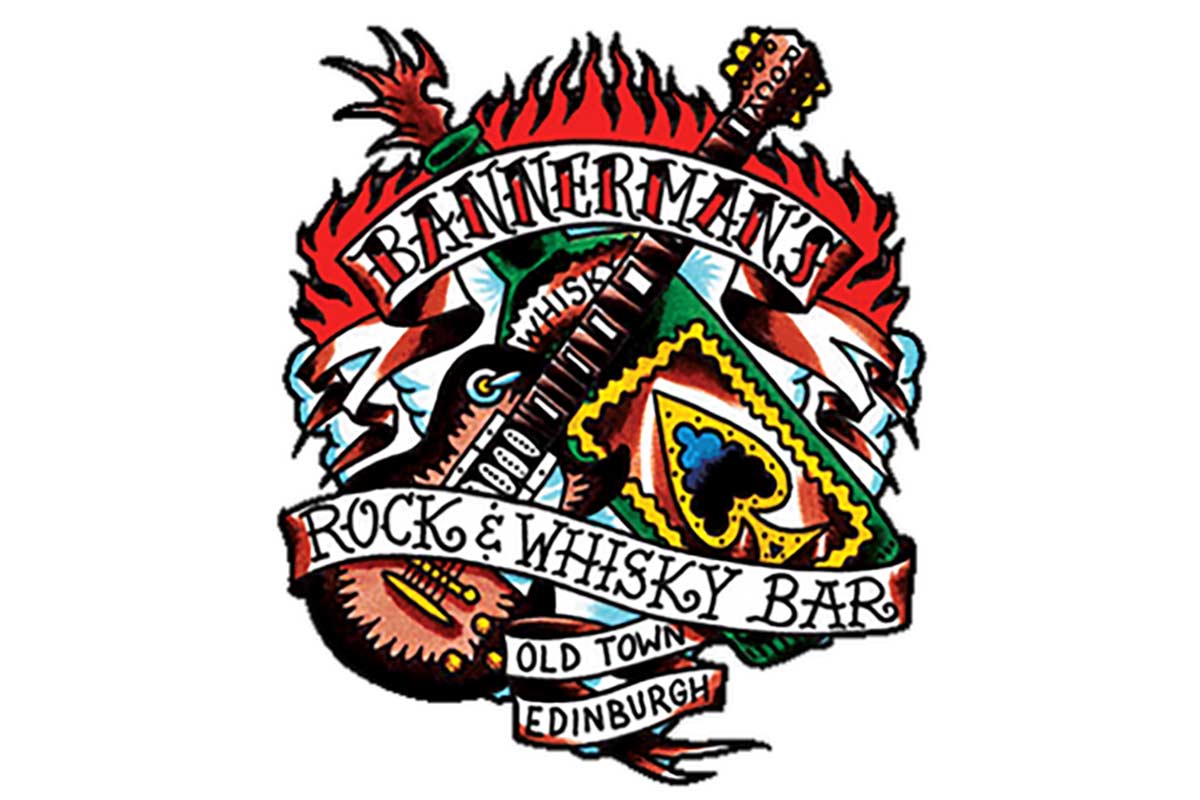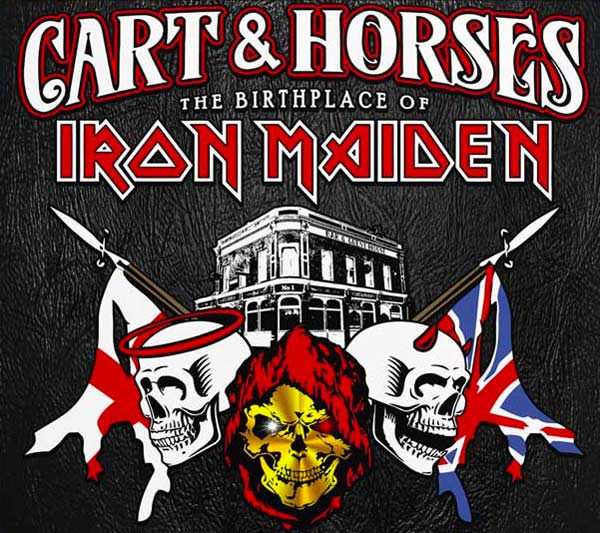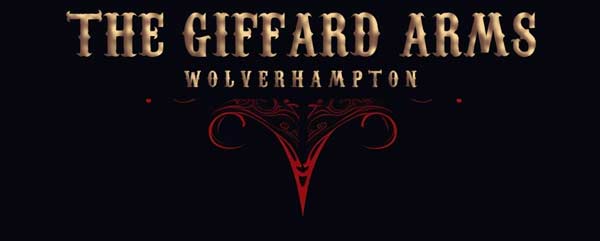The Knebworth House 50-year journey as the world’s greatest rock venue is celebrated in a new book by custodian Henry Lytton Cobbold. Knebworth – 50 Years Of The Greatest Rock Venue In The World! is an illustrated journey through the concerts that shaped three generations.
Greatest rock venue is a heck of a claim. One might think that Wembley would come close.
The thing about stadiums and arenas is that they’re a bit faceless to me,” Henry Lytton Cobbold told MetalTalk. “I mean, OK, Wembley’s a little bit special because it’s a national arena. But generally, stadiums and theatres are faceless. What’s really interesting about venues like Glastonbury and Knebworth is that they have a family attached to them.
“We not only have a family attached to Knebworth, but we actually have an archivist who comes in every week to keep all of our bits and pieces together and to continue to keep our stories alive. That builds up the legends and creates a continuity that makes venues like Knebworth special.”
With Henry, we previously covered the Lynyrd Skynyrd 1976 Knebworth show and the Deep Purple ’85 wet reunion gig. The ’80s saw artists from the softer end of the music spectrum, too.
The ’81/’82 Capital Jazz Festivals saw the likes of Chuck Berry, Chick Corea, Dizzy Gillespie, Ella Fitzgerald and Ray Charles grace Knebworth House.
“People like Chuck Berry were the roots of rock ‘n’ roll,” Henry says. “Those two jazz festivals were a big part of the story as well.”
And a real contrast from the Bombast of Zeppelin.
“Berry and those guys… Ray Charles… British music of the 1960s was born out of those. So, in a sense, you trace the line, and you get to Zeppelin. So it’s not that different. So much fun that we had them here. There are extraordinary stories. That event was co-promoted by Chilton Radio here in the Three Counties.
“The only reason I’ve got all the recordings of that show is because some amazing guy pulled them out of the skip at Chilton Radio. These 8-track recordings of the entire weekend. They were in a skip in Bedford. They ended up in our archives, which is where they should be. So we’ve got them for posterity.”
Running into the ’90s, Oasis played two Knebworth shows. “They could have done ten,” Henry says. “They built up the mythology by not putting the shows out until the film in 2021. That built up the mythology. Of course, it was the fact that, again, it was pre-mobile phones. It was really the last big cultural music event, pre-mobile phones. And so everybody was 100% in the moment, and what a moment it was.”
Robbie Williams followed in 2003, and that was one reason why there is an exclamation mark at the end of Henry’s book title. “Williams wanting to be bigger than the Gallagher’s,” Henry smiles, “and he succeeded. Because that is now officially our biggest event that we’ve done. If you count Taylor Swift’s consecutive appearances at Wembley, you probably beat that 2003 record. But, until then, it was the biggest show that Britain’s ever seen. 375,000 people in one weekend.”
It wasn’t until Sonisphere that the heavier shows came back. “We did four of those Sonisphere shows and camping, and the festival vibe came back to Knebworth,” Henry says, “having, of course, been the way we started in the ’70s.
“At the end of the day, our USP is our size and ability to do the massive one-day event. If you’re only after 60,000 people and doing a festival, there are plenty of other venues in the country which are just as good as Knebworth. Because of that, festivals have found other homes.
“But if you want to play to 125,000 people on a single stage, then you’ve got to come to Knebworth. The four Sonisphere festivals I absolutely loved. I feel they were perfect because I feel that Knebworth is the house for that sort of event. They worked as festivals. It made sense to do Sonisphere at Knebworth House because it’s a gothic stately home.”
What is also impressive is the infrastructure and challenges that Knebworth faces when hosting massive events. “If you think Stevenage is 85,000,” Henry says, “you’re almost doubling the size of the town. So we have hospitals, we have jails. It’s quite a good place to get sick at Knebworth shows because you’re going to see a doctor, which you don’t necessarily do on a normal day.
“So you are building the infrastructure of a small town. That’s what I mean when I say it’s an expensive event to do. So the numbers are important, and that’s why it doesn’t happen every year.
“It’s now very artist-driven. When there’s an artist who is big enough, who can pull those sorts of numbers, and who wants to put an exclamation mark at the end of their copy, then that’s when it happens.
“The music industry is such that even if there are dips, there’ll always be an artist who wants to be bigger than the last guy. So Knebworth will survive. The other thing that changed was in the ’70s, people used to walk with carpet bags on their backs.
“The Oasis crowd basically came by bus. Most people came by bus. It’s pretty difficult to get 125,000 people into a country field if everybody’s coming by car at the same moment. When they’re leaving, they’re all leaving at the same moment. We’ve got certain issues there.
“Nowadays, if mom drops you off at the edge of the park with a little pinpoint of where she’s dropped you and says she’ll meet you there at, 12:30, uh, what you’re not thinking about is that when 125,000 people are all looking at their mobile phones trying to find the pinpoint they made when mom dropped them off. The mobile signal is not gonna support that.
“There are new problems that have evolved over time about how you work these sorts of events. Right the way through the 50 years, Knebworth has been writing the rule book about how you do these sorts of events. I was told by the guys who did the security back in the 1970s that they now teach in universities about crowd control. They use Knebworth as the test case for those. It’s just in each generation you face a slightly different challenge to make it work.”
For Henry, the memories are aplenty. But he has a favourite. “Looking back over all 50 years, [it is] the show that happened a week after I finished my school exams,” he says. “I was just completely wasted by a month of intense exams. I come home, and the Beach Boys are holding a massive party with Capital Radio in my backyard.
“What was interesting about that 1980 [show] was that it was a massive moment for the Beach Boys because they had reformed. I think it was the last time they ever played in their original lineup in the UK because, of course, their drummer [Dennis Wilson] died later too. A drummer seemed to die a year after playing Knebworth. John Bonham died having played in ’79, and now Dennis Wilson died a year or two after playing Knebworth.”
The Beach Boys festival was smaller in audience size. “But it was the first time I’d ever seen 50,000 – 60,000 people dancing in a field,” Henry says. “All the festivals we went to in the ’70s were much more about nodding and swaying and the hippie vibe.
“Then suddenly you come to this dance party effectively. To see 60,000 people dancing on a summer evening. Having just done my final school exams, that was a party that is always gonna be the best party I was ever at.”
There are stories of Henry sitting with Brian Wilson and scoffing chocolate cake in the sitting room, while Slipknot at Sonisphere 2011 is another memory that stands out. The entire Cobbold was there, including Henry’s elderly father, who was struggling with Parkinson’s.
“He was pretty hunched up,” Henry says, “and not very well at the time. But you’ve got my granddad, and you’ve got my kids who love Slipknot. Basically, we’re all down the front row, and you’ve got The Heretic Anthem going on. We’re all jumping up and down to ‘If you’re 555, then I’m 666. A really bizarre moment of family joy. It’s those sorts of moments that just stand out.”
Henry says the joy of being able to say ‘Good evening, Knebworth” is a draw to bands, especially after the history of Zeppelin and Lynyrd Skynyrd and the historic setting of the whole grounds.
“We had Linkin Park come round the house,” Henry says, “and send me lovely thank you letters. Chester Bennington said how amazing it was to be at Knebworth. Red Hot Chili Peppers, we had good fun showing Flea around the house with his family.
“Shawn Crahan, the clown in Slipknot, is just a really nice guy from Idaho. He was there with his kids. He brought a nanny along to look after the kids and we’re having a cup of tea with them. A couple of hours later, he’s on stage dressed as a clown. It’s just a wonderful madness to it all.”
The stories roll back before that even. “At the Ella Fitzgerald concert, my father kept a teacup,” Henry says. “She came for tea, and her teacup had this beautiful little red lipstick print on it. He was a massive Ella Fitzgerald fan. This tea cup hung on our dining room wall for about 10 years until a rather overzealous au pair thought it was part of last night’s revelries and put it in the dishwasher. Sadly, we lost Ella Fitzgerald’s lip print.”
As for those who never played Knebworth, Henry is sorry that they missed David Bowie, who should have played Knebworth in 1990. “I’m sorry that we missed Prince,” he says. “Prince could have done Knebworth very happily. Instead, he decided to do 22 shows at The 02. Why not do five Knebworths?
“Who would I like to see here? I’d like to see Dave Grohl come here. I’d like to see the Foo Fighters here at some point. I’d like to see Oasis come back. If you’re talking about my own personal taste, I’m a child from the 1970s. So why are a band like the Eagles playing Wembley again, again, again? Why are the band like the Rolling Stones playing Twickenham again, again, again?
“Bands like that, if they’re doing their final tours, surely they want to sell a ticket for 50 quid to a kid who’s gonna have seen this, rather than just continue paying for hedge funders who can afford the 400 pounds to get into Golden Circle at Twickenham.
“Why don’t they do what Liam does and charge 50 quid and get the kids in and improve their legacy and their legend rather than just simply reeling off another Wembley or another Twickenham?”
Over the years, Knebworth have worked hard with the local community. “360 days of the year, you get beautiful Knebworth Park to enjoy the ambience of,” Henry says. “But at the same time, your price for that is that for five or six days or one weekend, two weekends a year, you’re gonna be disrupted. There’s gonna be a massive party going on.
“People living here have their own fabulous memories of the ’70s or the ’80s, or the ’90s. Certainly, for a lot of those 50 years, it’s been quite a struggle to bring our neighbours along with us because it brings everybody’s life to a stop. If it’s the one lovely sunny weekend of the summer and this is the one where they get their barbecue out, they’re sitting in their garden, and they’re ready to enjoy a pleasant, peaceful afternoon in their garden, having worked hard all week. Then, what they’ve got coming over the hill is the sound of Slipknot’s drummer.
“Or they can’t pick the dry cleaning up, because they can’t get into Knebworth village because of all those traffic cones everywhere and people telling them to go this way and that way. It’s an inconvenience, and it will always be an inconvenience.
“It’s always gonna be a traffic jam because that’s part of it. You can’t get 125,000 people into a country field without that. But it’s worth it. It is worth it.
“It’s not only worth it for the 125,000 people who are in there and having the times of their lives. It’s also worth it for us as a local area. All the hotels are full. All the supermarkets have their shelves empty. The building merchants for three weeks before in the build up. The pubs.
“There was a billboard on Sunset Boulevard with Knebworth written on it. We’re a little village in Hertfordshire.”
The history of Knebworth House includes Charles Dickens performing there in 1850. There are stories of the Winston Churchill painting from 1938.
Knebworth – 50 Years Of The Greatest Rock Venue In The World! brings an exciting and historic story up to date. Of how it rose from its hippie roots to host legends like Zeppelin, Skynyrd, and the Stones over 50 epic years.
This book is an illustrated journey through the concerts that shaped three generations. As a reader, it is wonderful strolling through the book. There is background on how Frank Zappa was and his bodyguard eating all the chocolates. It is great reading about the Led Zeppelin shows.
With over 1,600 photos in the book, this is a story of the venue and legends and mythology of a historic gothic building. “It was something that was great fun for me to do,” Henry says. “We have an archive. We keep everything, as we’re a museum. Every ticket, every t-shirt, it all gets kept. It was quite fun, therefore, to get all of that into scrapbook form.”
50 Years Of Legendary Live Music
Henry Lytton Cobbold will reflect on 50 years of legendary live music at Knebworth Park when he hosts 50 Years Of Knebworth Rock Concert Memories on 26 May 2025 as part of the book launch.
Henry has promised to share behind-the-scenes stories, personal insights, and archival highlights from 50 years of unforgettable concerts that shaped British music culture.
The 50 years of Knebworth Rock Concert Memories talks are at 11 am and 2 pm and can be pre-booked from here.
From Deep Purple to Queen. From Lynyrd Skynyrd to the Rolling Stones. You can read much more about 50 Years Of The Greatest Rock Venue In The World! in our interview series with Knebworth House custodian Henry Lytton Cobbold. Click here to read more.



